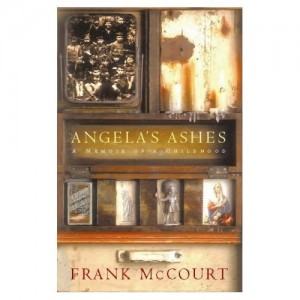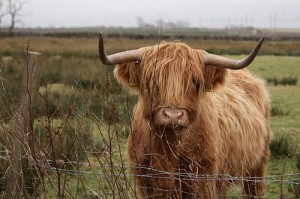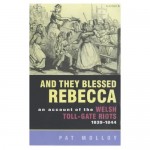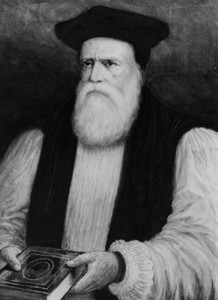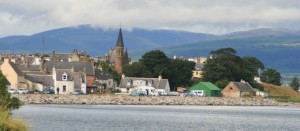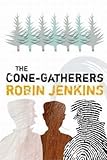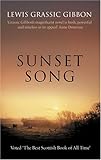Rating: 




www.takingflighttheatre.co.uk/
For the Americans in the audience at Kidwelly Castle, it was a night of the three things they immediately associate Britain with; a historical building, Shakespeare and rain!
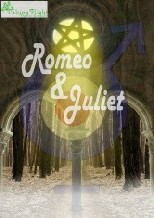
After two hours everyone was soaked, but at least we had coats and umbrellas, the cast did not. Awnings, or even patio umbrellas, might have helped save the players catching pneumonia, or at least in some scenes, but we appreciated how difficult this might have been in a production outstanding for its freedom of movement. The show must go on.
The show! Well-paced and professional, a blend of the familiar lines and a refreshingly light approach, they achieved so much in two hours. It left me feeling determined not to miss the next production. Not every company lives up to such superlatives, but Taking Flight deserves these and more. I shall continue to describe the strengths of this performance before mentioning minor weaknesses, at the risk of sounding, and feeling, churlish.
The major advantage of an outdoor setting has to be the informality, ‘Shakespeare in wellingtons’, and from the beginning you felt part of what was happening, identifying and empathising with the characters and their predicaments. One minor risk at first, is losing the thread of the story between scenes, as we followed the players, and reassemble to watch after costume or setting changes, but you soon adjust to this.
The castle yard setting lent an air of authenticity to the production, I was several times reminded of the replicated Globe theatre at Southwark, the Elizabethan theatre was open to the elements, but with its galleries and awnings, in Shakespeare’s time, itself represented modernity. In provincial settings, the plays must have been performed in similar fashion as tonight at Kidwelly. Would travelling players have made use of a horse-drawn wagon, as alluded to (Act 1, Sn.4) in the play? Quite possibly, and this gives an indication there would be few elaborate props, and these are often unnecessary, as here demonstrated so ably.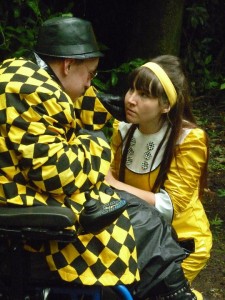
‘Romeo and Juliet’, with its well-known tragic theme , is nonetheless associated with Shakespeare’s earlier comedies, and the bawdiness of the earlier acts was well shown, to the point I wondered how the mood was to change upon the brawl and deaths of Mercutio and Tybalt. I need not have worried. The fight scenes were admirably directed (by Michael Aubin), spontaneous and natural, not stilted, including a stylish slow-motion sequence..

